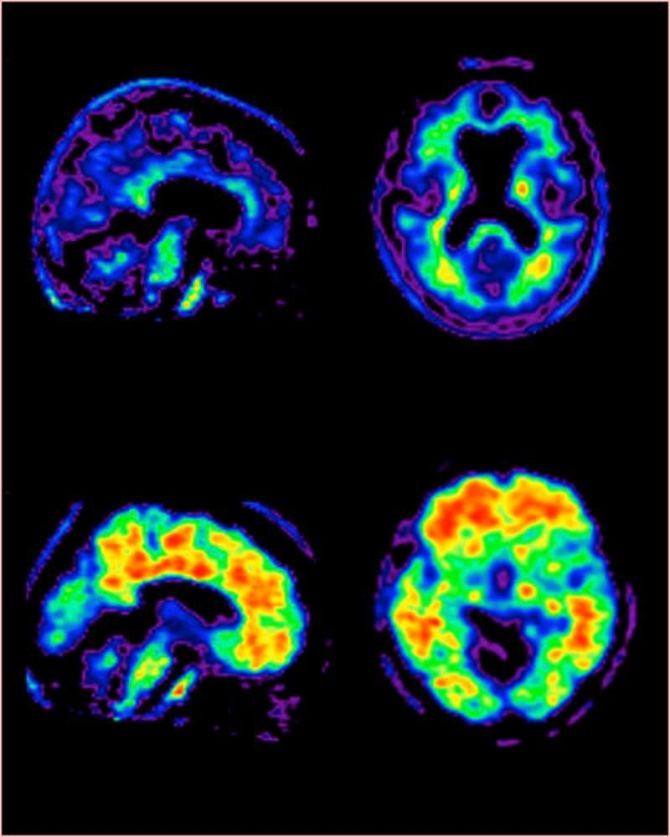New Alzheimer's Screening Test Wins FDA Approval

Federal regulators approved a new imaging test that can help doctors detect brain plaque in patients with cognitive decline caused by Alzheimer’s disease, Eli Lilly and Company announced late on Friday.
The U.S. Food and Drug Administration approved Amyvid, a radioactive dye or florbetapir F 18 injection that is injected into a vein and travels through the bloodstream into the brain and binds to accumulating clumps of a toxic protein called beta amyloid or plaque in the brains of Alzheimer’s patients so doctors are able to see the plaques light up on a positron emission tomography, or PET, scan.
The company said that because Alzheimer’s patients always have some brain plaque, so if the new test does not show the presence of plaques, doctors can then look for other causes of mental decline like depression or medications.
"The approval of Amyvid offers physicians a tool that, in conjunction with other diagnostic evaluations, can provide information to help physicians evaluate their patients," Dr. Daniel Skovronsky, president and CEO of Avid Radiopharmaceuticals Inc., a unit of Eli Lilly and Co., said in a news release.
Skovronsky said that one in five patients diagnosed with Alzheimer’s did not actually have the disease after an autopsy.
He noted that because brain plaque can also be tied to other neurologic conditions or can naturally occur in older people with normal mental states, the new test should not be used to diagnose Alzheimer’s disease.
An FDA advisory committee had recommended against approving the dye in January 2011 by a 13 to 3 vote saying that doctors may have trouble interpreting scans of the plaque, and was rejected by FDA last March.
However the company said that the same committee in an unofficial vote had unanimously voted 16 to 0 in favor of the dye’s approval if the Eli Lilly and Co. were to improve training and educational initiatives for doctors to use the test.
The drug maker said that starting from June, a limited number of radiopharmacies will be distributing Amyvid with the goal of making the product available in more areas as soon as possible.
The test should only be used by readers who have successfully completed Amyvid reader training, the company said in a statement.
Although University of Pittsburgh scientists have already developed a dye called carbon 11–labeled Pittsburgh compound B, the first ligand developed and used to see amyloid plaques in a living brain with a PET scan, the use of the C-PiB compound was limited to specialized treatment centers that have the capacity to manufacture the dye had a short half-life of only 20 minutes.
Florbetapir, which is used in Amyvid, has a half-life of almost 2 hours, meaning that the compound can be transported to treatment centers that are away from manufacturing facilities, which previously was not possible with the C-PiB compound.
Eli Lilly and Co. said that it has been working with the “FDA and nuclear medicine experts to identify the appropriate ways to support accurate and consistent interpretation of Amyvid scans by imaging physicians. These efforts resulted in the development and validation by Lilly of both an online and in-person reader training program for physicians using Amyvid. Errors may occur in the estimation of plaque density during image interpretation."
Around 5.1 million Americans are already affected by Alzheimer’s or other similar dementias, and the U.S. Department of Health and Human Services estimates that that number is expected to double every 5 years, is expected to reach up to 16 million by 2050.
More than 35 million people worldwide have Alzheimer’s, and scientists have not been able to pinpoint the cause of the mind-robbing condition and there is no currently no cure.
However, experts believe that the earlier the condition is diagnosed, the greater the success of treatments that are meant to prevent or delay the disease progression.
Published by Medicaldaily.com



























